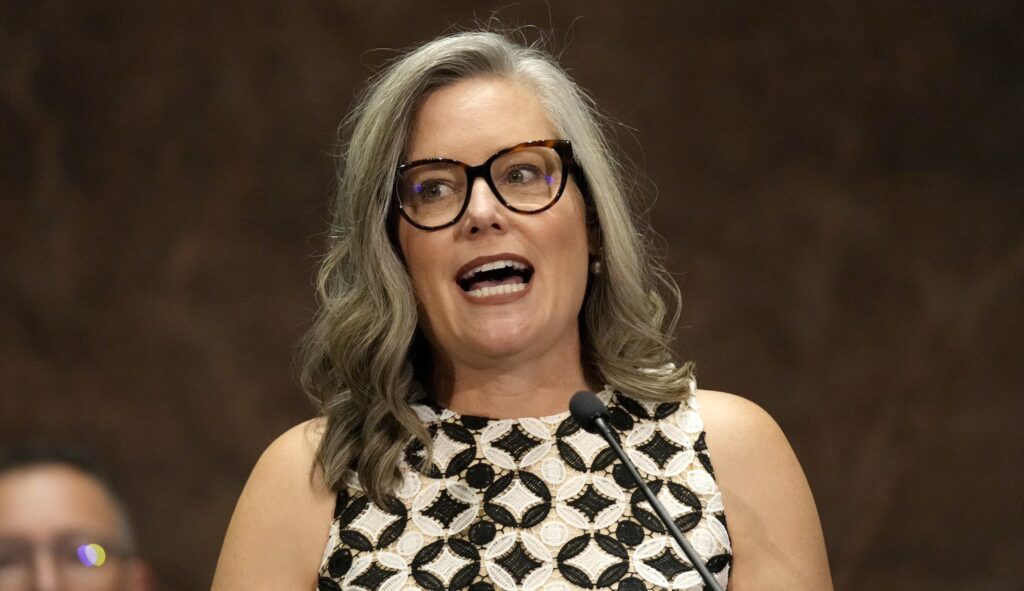Food stamp spending increase blamed for 15% rise in grocery prices.
A New Study Links Increased Food Stamp Spending to Soaring Grocery Prices
A new study has found that increased food stamp spending, including a significant expansion of the program under President Joe Biden, is contributing to skyrocketing grocery prices. This inflation is hitting lower-income Americans the hardest.
In 2021, the U.S. Department of Agriculture (USDA) introduced updated nutritional guidelines for federal food stamp benefits during the Biden administration. As a result, the Supplemental Assistance Nutrition Program (SNAP) expanded by approximately 27 percent compared to its pre-pandemic scale.
The Foundation for Government Accountability (FGA) conducted a study, which estimates that per-capita food stamp spending grew by over 90 percent between December 2019 and March 2023. The FGA report, reviewed by The Epoch Times, reveals that this increased food stamp spending has led to a minimum 15 percent jump in grocery prices.
Related Stories
The FGA report suggests that repealing President Biden’s 2021 food stamp expansion could save taxpayers over $190 billion in the next decade. Republicans have been advocating for curbing food stamp spending, while Democrats have urged them not to do so.
While the White House and the USDA have not responded to the FGA’s findings, the White House recently issued a note authored by the Council of Economic Advisors (CEA) about grocery inflation in the nation. The note attributes “higher than normal” grocery inflation to various factors such as pandemic-induced shifts in food demand, global supply chain bottlenecks, and unforeseen supply shocks.
Getting to ‘At Least 15 Percent’
The FGA based its calculations on USDA data on monthly food stamp enrollment and expenditures, monthly resident population totals from the U.S. Department of Commerce, and World Bank estimates of the impact on grocery prices for each percentage point increase in per capita food stamp spending.
According to the World Bank study, a 1 percent increase in benefits per population causes a moderate and persistent increase in grocery store prices of 0.08 percent. Inflation data from the U.S. Labor Department shows that between December 2019 and March 2023, the “food at home” price index (a proxy for grocery store prices) rose by roughly 24.3 percent.
The FGA report estimates that food stamp spending hikes could account for at least two-thirds of that increase, which aligns with the estimated 15 percent increase in grocery prices caused by food stamp spending. Some individual food item prices, such as margarine and eggs, have risen even faster during this period.
Food Stamp Spending Soars
The FGA report also highlights a significant increase in overall expenditures on the food stamp benefit program between 2019 and 2022. The funding allocation more than doubled from $4.5 billion in 2019 to $11 billion in 2022. While pandemic-related emergency allotments contributed to some of the spending increase, most of it came from permanent benefit increases.
According to the non-partisan Congressional Budget Office (CBO), the food stamp program is projected to cost taxpayers a total of $1.1 trillion over the next decade. The FGA estimates that the food stamp program expansion itself, which bypassed Congress, accounts for around $250 billion of that cost.
Although grocery inflation has eased in recent months, it remains a significant concern. High grocery prices disproportionately affect lower-income Americans, as groceries make up a substantial portion of their total expenditures.
" Conservative News Daily does not always share or support the views and opinions expressed here; they are just those of the writer."




